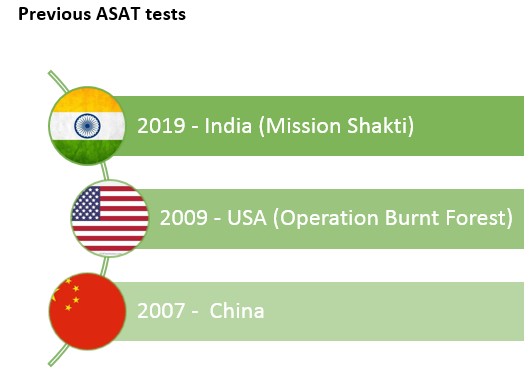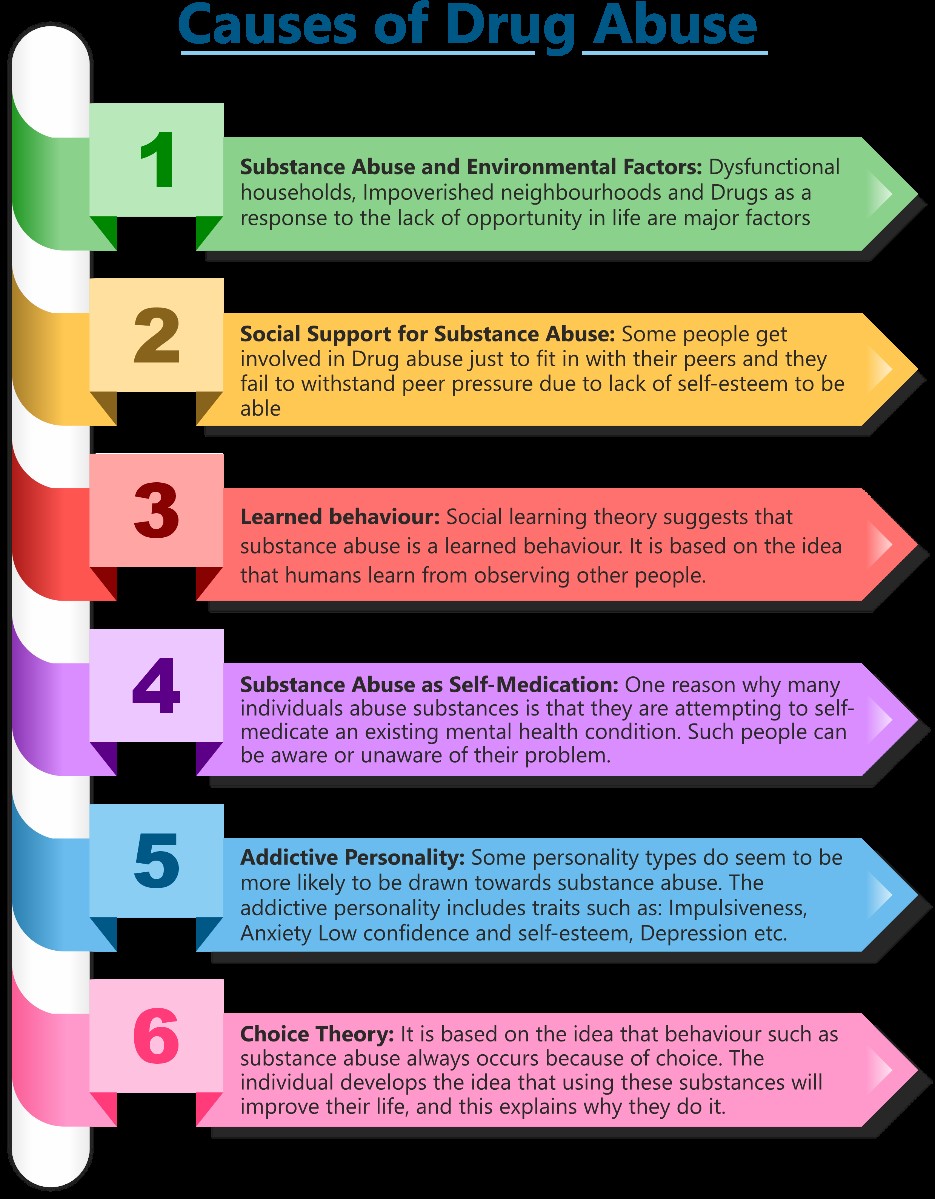Thursday, 18th November 2021
ASER Report, 2021
In News
The 16th Annual Status of Education Report (ASER) 2021 (Rural) was released by Pratham foundation on 17th November.
About the News
- ASER 2021 focused on four main areas: School enrollment patterns, incidence of tuition patterns, availability and access to smartphones, and learning materials and support for learning at home.
- Covid-19 Impact: Due to the COVID-19 pandemic in 2020, ASER developed an entirely new design, consisting of a phone-based survey that explored children's access to learning opportunities. This was the format employed for ASER 2021 as well.
- About ASER: Since 2005, ASER has been providing comparable estimates of learning and schooling at the elementary stage. ASER was done on an annual basis from 2005 to 2014 and on a biennial basis from 2016 onwards.
- Conducted by the Pratham Foundation.
- ASER is a rural survey. Urban areas are not covered
Findings of the survey
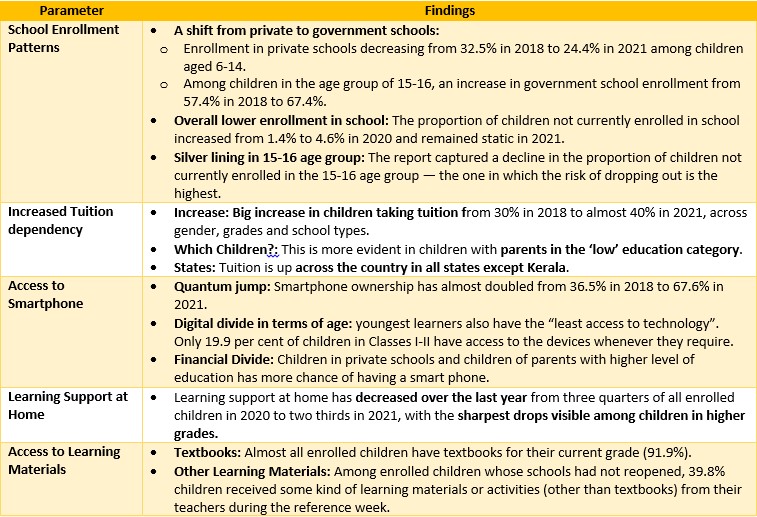
Source:
Draft Mediation Bill, 2021
In News
The Ministry of Law and Justice has issued the Draft Mediation Bill for public consultation.
What is Mediation?
Mediation as an Alternate Dispute Redressal(ADR) offers an informal, simple, non-adversarial approach to resolve several types of disputes including civil, commercial and family disputes etc., where parties are not being able to start any negotiation and reach the settlement on their own.
Need of a Mediation Law
- A stand-alone law on mediation is needed, in order to provide sanctity to the mediation process as well as to remove the inconsistencies between the various pieces of existing legislation such as Code of Civil Procedure 1908, the Industrial Disputes Act 1947, and the Commercial Courts Act 2015
- As of date, in the absence of a separate statute, Section 89 of the Civil Procedure Code, as well as the rules framed by several high courts under that section, govern mediation in India.
- Furthermore, it was essential to enact a law addressing issues of domestic and international mediation, as India is a signatory to the Singapore Convention on Mediation.
About the Draft Mediation Bill
The draft bill has the objective to
- Promote, encourage and facilitate mediation especially institutional mediation for resolution of disputes commercial and otherwise.
- Enforce domestic and international mediation settlement agreements,
- Provide for a body for registration of mediators,
- Encourage community mediation and make online mediation as an acceptable and cost effective process.
Main features of the Bill
- Pre-litigation mediation: The draft Bill proposes for pre-litigation mediation and at the same time safeguards the interest of the litigants to approach the competent adjudicatory forums/courts in case an urgent relief is sought.
- Mediation Settlement Agreement (MSA): The successful outcome of mediation in the form of MSA has been made enforceable by law. Since the MSA is out of the consensual agreement between the parties, the challenge to the same has been permitted on limited grounds.
- The registration of MSA has also been provided for with State/District/Taluk Legal Authorities within 90 days to ensure maintenance of authenticated records of the settlement so arrived.
- Confidentiality Mechanism: The mediation process protects the confidentiality of the mediation undertaken and provides for immunity in certain cases against its disclosure.
- Others: Provides for establishment of the Mediation Council of India. Provides for community mediation.
Significance of Draft Mediation Law
- This is first such bill in the country. The draft bill considers the international practice of referring to ‘conciliation’ and ‘mediation’ as interchangeable words. Furthermore, it proposes pre-litigation mediation while also protecting the litigants’ right to approach the courts in the event an urgent relief is required.
- The Draft Bill recognizes and enforces the principle of neutrality of mediator by mandating the disclosure norms to avoid conflict of interest.
- The draft Bill provides for Time Limit for the completion of mediation proceedings. This will help prevent delays in the mediation process.
- Mediation Council of India shall perform a number of functions, such as: frame regulations and guidelines for the conduct of mediation, frame policies and norms, qualification and experience for accreditation of mediators, lay down by way of regulations standards for professional ethical conduct of mediators etc.
- The Bill, by recognizing online mediation, has additionally given the process due recognition of law and hence, the parties can confidently opt for such a convenient mode to resolve disputes.
Sources:
Digital India Land Record Modernisation Programme
In News
Union Minister for Rural Development and Panchayati Raj discussed the various land management programs at the 'Bhumi Samvaad' - National Workshop on Digital India Land Record Modernisation Programme (DILRMP).
About Digital India Land Record modernisation programme
- The main aims of DILRMP are to usher in a system of updated land records, automated and automatic mutation, integration between textual and spatial records, inter-connectivity between revenue and registration, to replace the present deeds registration and presumptive title system with that of conclusive titling with title guarantee.
- The State Governments/UT Administrations will implement the programme with financial and technical supports from the Dept. of Land Resources, Government of India. The district will be taken as the unit of implementation, where all activities under the programme will converge.
- The Digital India Land Records Modernization Programme (DILRMP) was launched after the merger of two Centrally Sponsored Schemes viz.: Computerisation of Land Records (CLR) & Strengthening of Revenue Administration and Updating of Land Records (SRA&ULR).
- The DILRMP has 3 major components
- Computerization of land record
- Survey/re-survey
- Computerization of Registration.
Other Land Management Initiatives in India
- Unique Land Parcel Identification Numbers (ULPIN): Unique Land Parcel Identification Number (ULPIN) has been developed by NIC.
- ULPIN is a 14-digit Alpha–Numeric Unique ID for each land parcel. This is the next step in the Digital India Land Records Modernisation Programme (DILRMP), which began in 2008.
- The identification will be based on the longitude and latitude coordinates of the land parcel, and is dependent on detailed surveys and geo-referenced cadastral maps.
- National Generic Document Registration System (NGDRS)
- Advanced Application: NGDRS is an in-house advanced software application for the registration system developed by NIC.
- Compatible and transparent: This software application is scalable, flexible, configurable and compatible with the state-specific needs in the country.
- Integrated Land Management Information System (ILMIS) Project: This integrates all the processes and land records database with the banks, financial institutions, circle rates, Registration Offices and other sectors wherein all land-related information are available in a single window.

Source:
Batukeshwar Dutt
On Novemeber 18, 1910, Indian revolutionary and independence fighter Batukeshwar Dutt was born. Batukeshwar Dutt’s party alias was ‘Mohan’. The journey of Batukeshwar Dutt as a revolutionary activist began in his early teenage years. Batukeshwarr Dutt was awarded a life sentence in the assembly bomb case and was deported to the Andaman Cellular Jail. Dutt also used to write the handwritten magazine titled ‘The Call’, for the study circle which was edited by Jaidev Kapoor. Dutt withdrew himself from active political life after independence, mainly because of his disappointment from the state of affairs of mainstream politics at the time, but he continued his engagement with socialist literature. Dutt died of cancer on July 20, 1965, in Delhi.

Source:
MPLADS: An Analysis
In News
Citing economic recovery, the Union Cabinet recently restored the Members of Parliament Local Area Development Scheme (MPLADS) that was suspended in April 2020 subsuming the funds for the scheme in the consolidated fund of India.
About the News
- The government has announced a partial rollback of the scheme, which was suspended for two financial years (2020-21 and 2021-22). Funds will be released at the rate of Rs 2 crore per MP for the remaining period of 2021-22 in one instalment.
- From 2022-23 to 2025-26, funds will be released under the scheme at the rate of Rs 5 crore per annum to each of the MPs in two instalments of Rs 2.5 crore each.
- After Suspension, the Government had claimed that ₹8,000 crore that would have otherwise been spent under the scheme will go to the consolidated fund of India and will be used for fighting the pandemic.
What is the MPLADS Scheme?
- About: The Members of Parliament Local Area Development Scheme (MPLADS) is an ongoing Central Sector Scheme which was launched in 1993-94.
- Priority Sectors: Preference is given to works relating to priority sectors, such as provision of drinking water, public health, education, sanitation, roads, etc. The funds can also be used for projects in areas affected by natural calamities like floods, earthquake and drought too.
- Funds from MPLADS can be converged with MGNREGA, Khelo India, Adarsh Gram Yojana, Swachh Bharat Abhiyan, water conservation schemes, etc.
- Nature of Funds: The funds are non-lapsablee., if any portion of an MP’s yearly fund remains unutilised at the end of the term, it is transferred to the next elected MP from the respective constituency.
- Work Recommendation: Lok Sabha Members can recommend works within their Constituencies and Elected Members of Rajya Sabha can recommend works within the State of Election. Nominated Members of both the Rajya Sabha and Lok Sabha can recommend works anywhere in the country.
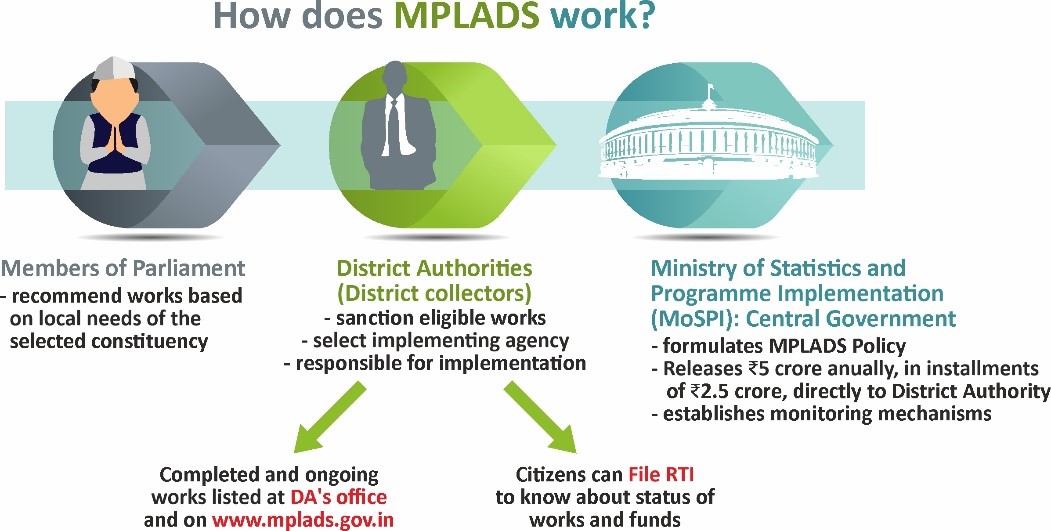
Why is MPLADS a Promising Initiative?
- Aims to Address Inequity: The MPLADS addresses the issue of inequity in development across States. Under the Scheme, yearly allocations are provided for undertaking developmental works within an electoral constituency.
- Cooperative federalism: The MPLAD scheme is often cited as the flagship scheme for "cooperative federalism" since funds allotted are from and out of the Consolidated Fund of India and available to every elected representative of Parliament (MP). The scheme does not operate only in favour of the members of parliament hailing from the ruling party.
- Reaching Grassroots: MPLADS is one of the ways government funds are transferred to the grassroots with precision. Local MPs can channel fund for specific needs of local communities, like to tar a road, bolster local school and healthcare infrastructure. Besides capacity building in the local economy, these works also offer jobs to local people.
- Scheme has inherent checks and balances: The Scheme does not give a carte blanche to the MPs with respect to the kind of works they can recommend. There are three levels of accountability (1) the accountability within the Parliament, (2) the Guidelines, and (3) the steps taken which are recorded in the Annual Reports.
Since the inception of the scheme, a total of 19,86,206 works/projects have been completed with the financial implication of ₹54,171.09 crore. As per a Niti Aayog Survey, more than 95 per cent of the local people voted the assets created as useful to them and have had a positive impact on their lives. However, they felt only 53 percent of the assets are being maintained properly.
But, despite its great potentials, the scheme is fraught with various challenges?
- The Comptroller and Auditor General (CAG) of India, in a report made it clear:
- Utilisation of funds between 49 to 90% of the booked amount; Based on the data by the Ministry of Statistics and Programme Implementation: A year after they took office, 298 of 542 members of the 16th Lok Sabha have not spent a rupee.
- Though the scheme envisages that works under the scheme should be limited to asset creation, almost 78% of the works recommended were for improvement of existing assets;
- Use of lesser quantities of material than specified by contractors resulting in excess payments and sub-standard works;
- Delays in issuing work orders ranging from 5 to 387 days in 57% of the works against the requirement of issuing the work order within 45 days of the receipt of recommendation by the MP;
- Funding and Spending: The non-lapsable nature of the fund makes it prone to be used for Election Spending. During the period from 2009 to 2014 spent less in the beginning of the term. Majority of the unspent balance and new funds were spent just before the general election to woo the voters with some pet scheme.
- There are large amounts of unspent balances rising over the years, low utilisation of funds and an expenditure bias towards a particular sector.
- Corruption: There have been cases of widespread corruption and mis-appropriation of funds. In a lot of cases, private contractors (which are not permitted) are engaged to implement the works. Also, there have been instances where expenditure has been incurred on works which are prohibited under the scheme.
- Delivery of Projects: There are weaknesses in the process of sanction. The District Authorities tend to execute works without receiving any recommendations from MPs District Authorities fail to inspect the required number of sanctioned works as well as in sending regular monitoring reports
- Constitutionality of the scheme: There have been charges that the scheme goes against the spirit of the 73rd and the 74th Amendment, with MPs enjoying the privilege of an uninterrupted yearly flow of funds to do the work which local bodies are better placed to deliver.
- The constitutionality of the scheme has also been questioned, with the argument that the scheme erodes the notion of separation of powers, as the legislator directly becomes the executive.
- Others: Lack of adequate information available to MPs, which sometimes leads to a disproportionately large amount of money flowing into one district. There also seems to be an absence of a proper mechanism to ensure constituent participation in order to determine locally felt needs.
Way Forward
- Maintenance and Monitoring: There needs to be a greater focus on regular monitoring by the District Authorities. At the ground level, the PRIs may be involved in execution as well as in monitoring to a larger extent.
- Since maintenance of public assets is where the system breaks down, arrangements can be made for the maintenance of assets or maintenance can be outsourced.
- Impact Assessment: For the scheme to be more effective, an impact assessment study should be undertaken at the constituency level, on a yearly basis, to assess the benefits of the works implemented to the community at large.
- Make the Fund Lapsable: To tackle the issue of large unspent balances which have accumulated and are rising over the years, fund can be made lapsable. This way funds lying unused can be put to other uses.
- Fund Allocation: To avoid inadequate allocation of fund for individual works, the asset intended to be created may be described in more details so that its cost implication is clear. The MP may consider allocation of fund only after the cost estimate is prepared and the detailed work plan and coordination mechanism are made available to him.
Question: Despite having immense potential, the MPLADS scheme remains ineffective on ground. Discuss.
Sources:
- Union Cabinet brings back MPLAD Scheme
- MPLADS, its suspension, and why it must go
- Members of Parliament Local Area Development Scheme
- The MPLAD scheme should be discontinued
- MPLAD Scheme: Need to work on loopholes
- MPLAD
- Suspension Of MPLADS : Wrong Move For The Right Cause ?
- MPLADS was a good innovation in channelling funds to grassroots. It shouldn’t have been suspended
- Annual Review of MPLADS Program
Thang-Ta
This is image of Thang Ta performing artists. Manipur’s popular indigenous martial arts game ‘Thang-Ta’ will be part of the Khelo India Youth Games 2021 to be held at Panchkula in Haryana. Gatka from Punjab, Kalaripayattu of Kerala and Mallakhamba, a well-known sport played in Madhya Pradesh and Maharashtra will also be part of the Games. According to Indira Gandhi National Centre for the Arts, Manipuri martial art is called Thang-Ta (sword and spear). It is dedicated to fighting skill and worship. The Meitei creation of Thang-Ta goes back to antiquity. THANG TA is popular term for the ancient Manipuri Martial Art known as HUYEN LALLONG. The art developed from the war environment of the tiny state of Manipur in North-east India. The movement behaviour of the different parts of the Manipuri martial body are derived from the cultural and habitual uses of daily life. Certain extra-daily postures, positions and movements are compiled into codes adding to the natural repertoire.

Sources:
Kisan Credit Card to Livestock, Dairy and Fishery farmers
- Context: The Centre has recently launched a nationwide campaign to provide the Kisan Credit Card (KCC) to all eligible animal husbandry, dairy and fishery farmers in the country.
- The Kisan Credit Card scheme is a Government of India scheme launched in 1998 and created by NABARD (National Bank for Agriculture and Rural Development) with the aim of providing short-term formal credit to farmers.
- There are 9-10 crore farmers estimated to be engaged in animal husbandry and dairy sector while there are 1.5 crore fishermen in the country.
- Livestock sector is crucial to the Indian economy today, comprising one third of the agriculture and allied sector GVA (gross value added) and having over 8 per cent CAGR (compound annual growth rate).
- The farmers will be able get a credit limit Rs 1.6 lakh on the KCC without any collateral.
- The campaign is being organized by Department of Animal Husbandry and Dairying, Department of Fisheries and Department of Financial Services.

Source:
- Govt launches 3-month campaign to provide Kisan Credit Card to livestock, dairy, fishery farmers
- Nationwide campaign for providing Kisan Credit Card facility to all eligible Animal Husbandry, Dairy and Fishery Farmers
Image Source:
SITMEX - 21
- Context: INS Karmuk has taken part in the third edition of exercise SITMEX in Andaman Sea.
- SIMTEX is a Trilateral Maritime Exercise between India, Singapore and Thailand being conducted since 2019.
- It aims to enhance mutual interoperability and imbibing best practices between Indian Navy (IN), Republic of Singapore Navy (RSN) and Royal Thai Navy (RTN).
- The maiden edition of SIMTEX was hosted by IN off Port Blair in 2019. The second edition was hosted by RSN in 2020 and the 2021 edition is being hosted by RTN in the Andaman Sea.
- The 2021 exercise highlights the growing synergy, coordination and cooperation in the maritime domain between the three navies which are engaged in various tactical exercises including naval manoeuvres and surface warfare drills.
- It will fortify the long-standing bond of friendship and further enhance the cooperation between the navies towards augmenting the overall maritime security in the region.
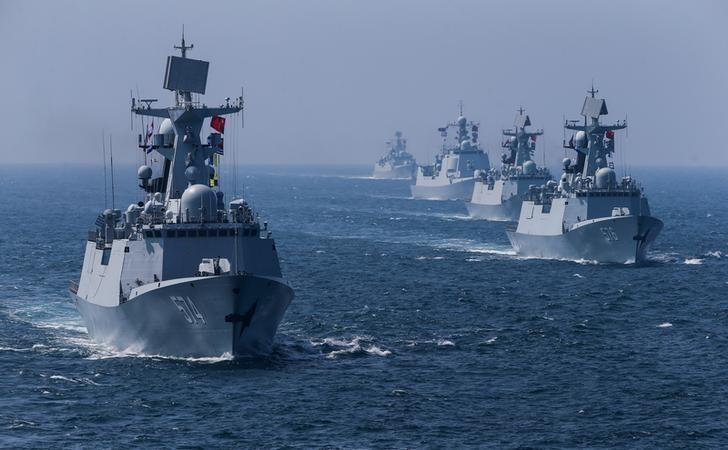
Source:
- INS Karmuk takes part in India, Singapore, Thailand Trilateral Maritime Exercise SITMEX - 21
- India, Singapore, Thailand hold trilateral maritime exercise
Image Source:
Swavalamban Challenge Fund (SCF)
- Context: Small Industries Development Bank of India (SIDBI) has launched the second window of Swavalamban Challenge Fund (SCF).
- The themes for second window align with the vision of the commitments India made at 26th UN Climate Change Conference of the Parties (COP 26) of attaining net zero emissions by 2070.
- SCF is a competitive mechanism to crowd-source innovative and outcome driven solutions to development challenges.
- It aims to provide financial support to non-profit organizations, educational institutions for addressing developmental gaps. It focuses on innovative projects addressing the green, clean and efficient climate change with other themes being sustainable livelihood, financial inclusion, access to financial services and promoting the culture of entrepreneurship.
- SCF has been designed, run and monitored by SIDBI in partnership with Foreign, Commonwealth and Development Office (FCDO UK).

Source:
World's Largest Solar Park
- Context: India's Bhadla Solar Park is the largest solar power park in the world.
- It is located in Bhadla, a dry and sandy region in Rajasthan, and spans 14,000 acres.
- The temperature in Bhadla ranges from 46 to 48 degrees which is believed to be almost uninhabitable.
- There are over 10 million solar panels at the park, which contribute to an operational capacity of 2245MW.
- The project commenced in 2015 with an investment of $1.4 billion.
- The project is being developed in four phases, with Rajasthan Solar Park Development Company Limited (RSPDCL) developing the first two phases, Saurya Urja Company of Rajasthan developing phase three, and Adani Renewable Energy Park Rajasthan developing phase four.
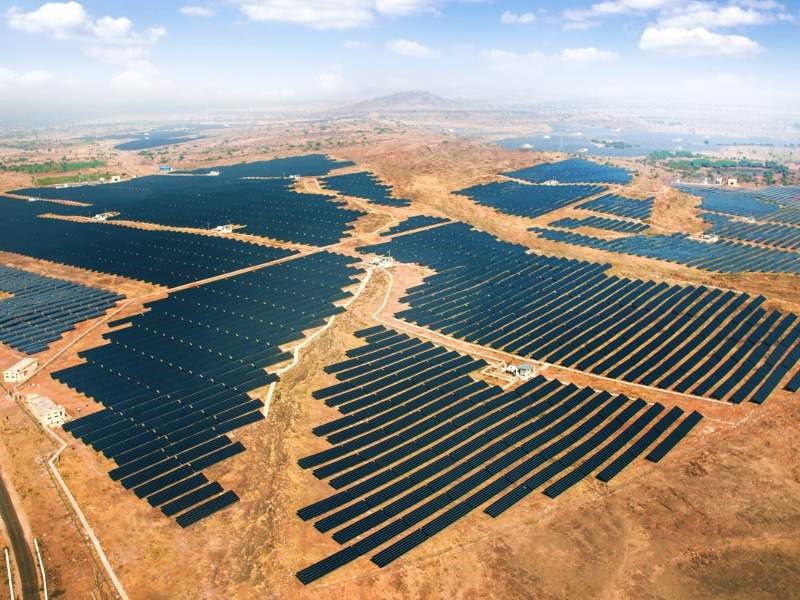
Source:
- Watch | World's largest solar park in Bhadla, India
- India's Mega Projects: World's Largest Solar Park in India Is Spread over 14,000 Acres
Image Source:
Digital divide in education can’t be bridged by laptops and smartphones alone: IE
Essence: Education is a matter of right. Two undeniable facts in the present-day context are that Knowledge Economy is booming and Education sector is going through great transformation. COVID 19 pandemic has made online education a compulsion. The world has witnessed a shift in education where knowledge has become a commodity, commercialised and attracting private investors. What is now required in the educational sphere are value re- orientation and attitudinal change. But the problem here is of ‘digital divide’ or digital inequality in education, which in fact is a socio-economic problem. Modern education is undeniably costly. Only distribution of laptops and smartphones won’t help. Solutions are needed at policy level- enhancing budget allocation, involving diaspora, corporate sector, education centric economic development and ramping up the economic capabilities of the parents to pay for education.
Why to read this article?
- To know the global shifts in the sphere of education and what are certain changes required in educational sector to match the current situation.
- To understand the problem of digital divide and know about the certain steps to counter the challenge of digital inequality.
Source:
Understanding why the informal sector really shrank during the pandemic: IE
Essence: The article draws attention towards the informal economy whose share has fallen to a mere one-fifth of GDP. The sector which earlier has high contribution to the economy couldn’t survive as it didn’t have the technical and financial strength to face covid shocks. Moreover, the policy support which is there is mostly to the formal sector. The article tries to explore the reasons for shrinkage of the informal sector. It also sheds light on the inability of the informal sector to bounce back. The article tresses that formalisation is not just about complying with legal considerations but it should be seen as a developmental strategy that would require stepping up investment in physical and human capital.
Why you should read this article?
- To understand the reasons why the informal sector shrank during pandemic.
- To understand the formal-informal divide
- To understand the inability of the informal sector to get converted to formal secor
Source:
PM Gati Shakti: Logistics for the people: BL
Essence: The writer highlights the fact that to support the rapid industrialisation and urbanisation in India, the existing state of infrastructure will not suffice. To enable India to get connected to global value chain, improved maritime and air connectivity is needed. This connectivity in turn requires institutional mechanism to be agile and flexible. To manage the evolving demands, the current top-down approach is not appropriate and has to be replaced with bottom-up approach.
The bottom-up approach would help collect data at micro level and satisfy the demand for connectivity from multiple sources wherever needed. All of this is promised by Gati Shakti which aims to provide a system that would become responsive to the dynamic connectivity needs of the country’s entrepreneurs and citizens.
Why you should read this article?
- To understand the kind of infrastructure needed to support the rapid industrialisation in India and how Gati Shakti will help in achieving it.
- The article will also provide points for answer writing in GS-3 -Infrastructural issues and lags
Source:
Human trafficking - Edukemy Current Affairs
Background
- As reported by UNICEF, there has been a 54% increase in child labour in urbanized areas of children between the ages of 5-14.
- Khem Lal Khaterji, who was mistreated and tortured as a child labourer in Uttar Pradesh, started an organisation SAANS (Shramik Adhikar Aur Nyaya Sangathan) for saving others from the same predicament.
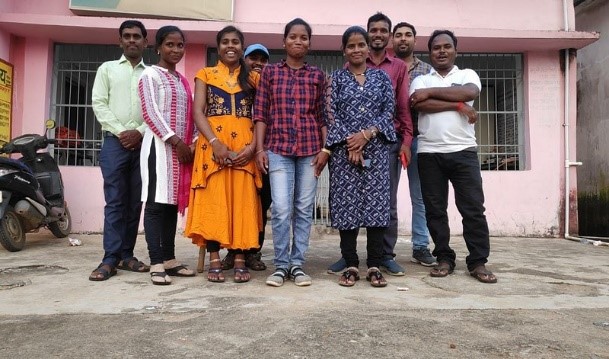
About Khem Lal Khaterji’s work
- Khem lal started his life as a child labour at the age of six, where working hours were 18 hrs/day that included breaking of coal and packing mud into brick moulds.
- His parents were traded as slaves among constructors and had to live the life of bonded labourers.
- An NGO rescued them and arranged source of income for the family and Khemladl could complete his education.
- Education played a major role as it gave opportunity and understanding to Khemlal about his rights.
- The first step towards making a difference according to Khem Lal was to bring about an awareness about the evils of working as bonded labourers and being victims of human trafficking.
- Now, he works against the human trafficking racket in the region along with the members of his NGO. He is now working closely with the government to draft an anti-trafficking bill.
Quote:
“Change will not come if we wait for some other person or some other time. We are the ones we’ve been waiting for. We are the change that we seek.” —Barack Obama
Source:
Share the article
Get Latest Updates on Offers, Event dates, and free Mentorship sessions.

Get in touch with our Expert Academic Counsellors 👋
FAQs
UPSC Daily Current Affairs focuses on learning current events on a daily basis. An aspirant needs to study regular and updated information about current events, news, and relevant topics that are important for UPSC aspirants. It covers national and international affairs, government policies, socio-economic issues, science and technology advancements, and more.
UPSC Daily Current Affairs provides aspirants with a concise and comprehensive overview of the latest happenings and developments across various fields. It helps aspirants stay updated with current affairs and provides them with valuable insights and analysis, which are essential for answering questions in the UPSC examinations. It enhances their knowledge, analytical skills, and ability to connect current affairs with the UPSC syllabus.
UPSC Daily Current Affairs covers a wide range of topics, including politics, economics, science and technology, environment, social issues, governance, international relations, and more. It offers news summaries, in-depth analyses, editorials, opinion pieces, and relevant study materials. It also provides practice questions and quizzes to help aspirants test their understanding of current affairs.
Edukemy's UPSC Daily Current Affairs can be accessed through:
- UPSC Daily Current Affairs can be accessed through Current Affairs tab at the top of the Main Page of Edukemy.
- Edukemy Mobile app: The Daily Current Affairs can also be access through Edukemy Mobile App.
- Social media: Follow Edukemy’s official social media accounts or pages that provide UPSC Daily Current Affairs updates, including Facebook, Twitter, or Telegram channels.

